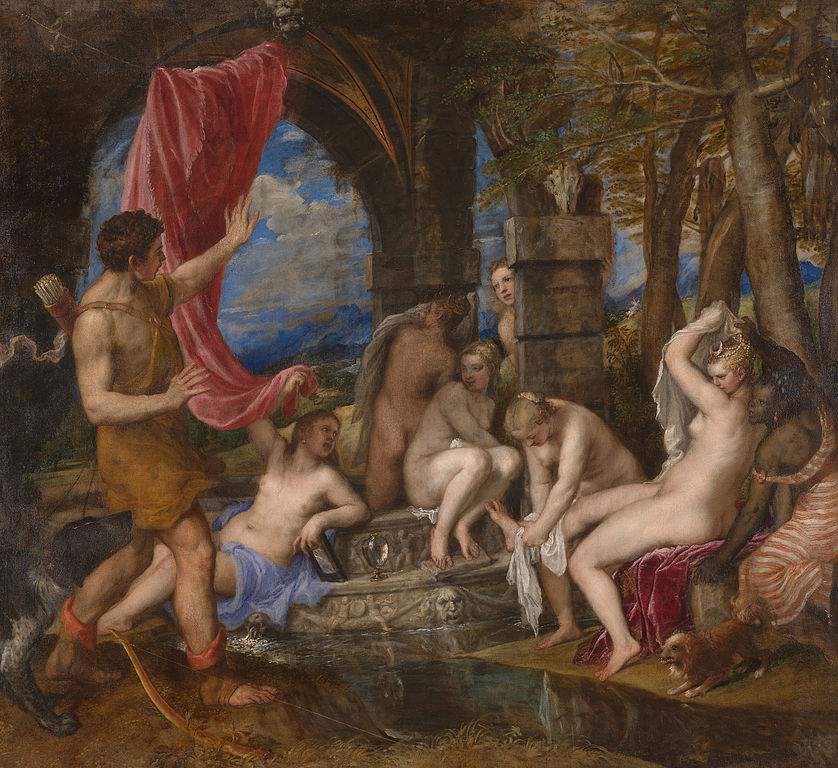Five works by Titian brought together for the first time since 1704. They will go on display in three countries
Five masterpieces by Titian Vecellio (Pieve di Cadore, c. 1490-Venice, 1576) are being brought together for the first time since 1704: these are works from the series of “poems” that the artist from Cadore painted between 1554 and 1562 for King Philip II of Spain. They are works with mythological subjects, now divided among several museums around the world: Titian sent six to the king, namely Danae and Venus and Adonis, now both in Madrid, in 1554; Perseus and Andromeda, now at the Wallace Collection, in 1556; Diana and Actaeon and Diana and Callisto, both at the National Gallery in London, in 1559; and the Rape of Europe, now at the Isabella Stewart Gardner Museum in Boston, in 1562 (a seventh, the Death of Actaeon, was conceived as part of the same cycle but was never sent to Philip II). All the works, with the exception of Perseus and Andromeda, are preparing to be reunited three centuries after their separation: it was 1704 when the dispersal began, with the transfer of Diana and Actaeon to the French ambassador by Philip V.
The five reunited works are therefore preparing to embark on a tour that will touch three countries, in the three museums where the works are housed: first stop in London, at the National Gallery, second at the National Galleries of Scotland in Edinburgh, then it will be the turn of the Prado in Madrid, and conclusion at the Isabella Stewart Gardner Museum in Boston. The exhibition, titled Titian: Love Desire Death (“Titian: Love Desire Death”), is designed to show the works as they were intended, that is, as part of a series, and will kick off in London on March 16, 2020, through June 14 of that year. The dates of the tour’s other stops: Edinburgh from July 11 to Sept. 27, 2020; Madrid from Oct. 20, 2020 to Jan. 10, 2021; and Boston from Feb. 11 to May 9, 2021.
Pictured: Titian, Diana and Actaeon (1556-1559; oil on canvas, 185 x 202 cm; London, National Gallery)
 |
| Five works by Titian brought together for the first time since 1704. They will go on display in three countries |
Warning: the translation into English of the original Italian article was created using automatic tools. We undertake to review all articles, but we do not guarantee the total absence of inaccuracies in the translation due to the program. You can find the original by clicking on the ITA button. If you find any mistake,please contact us.





























